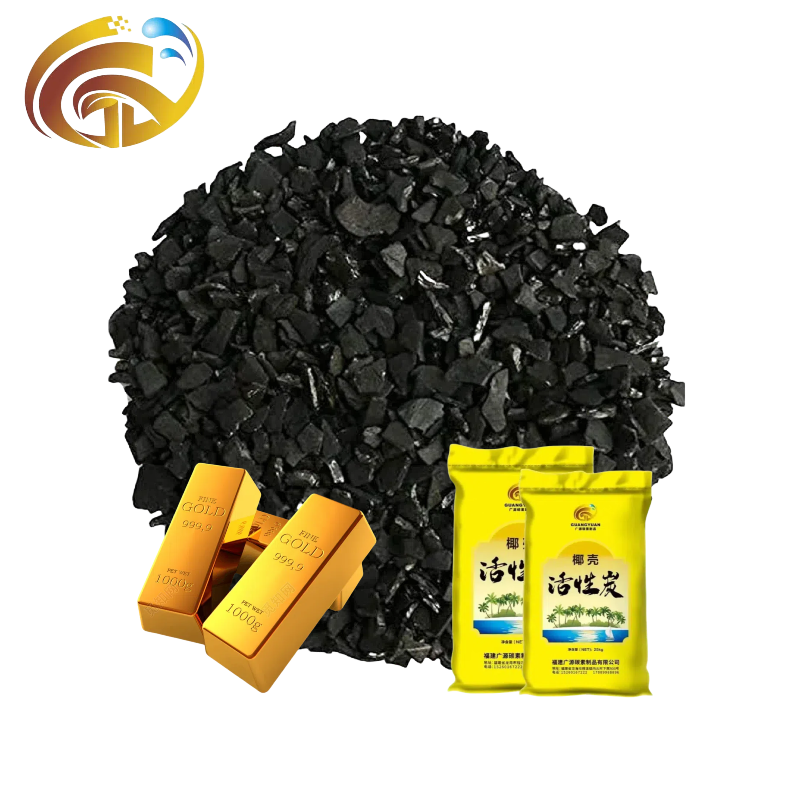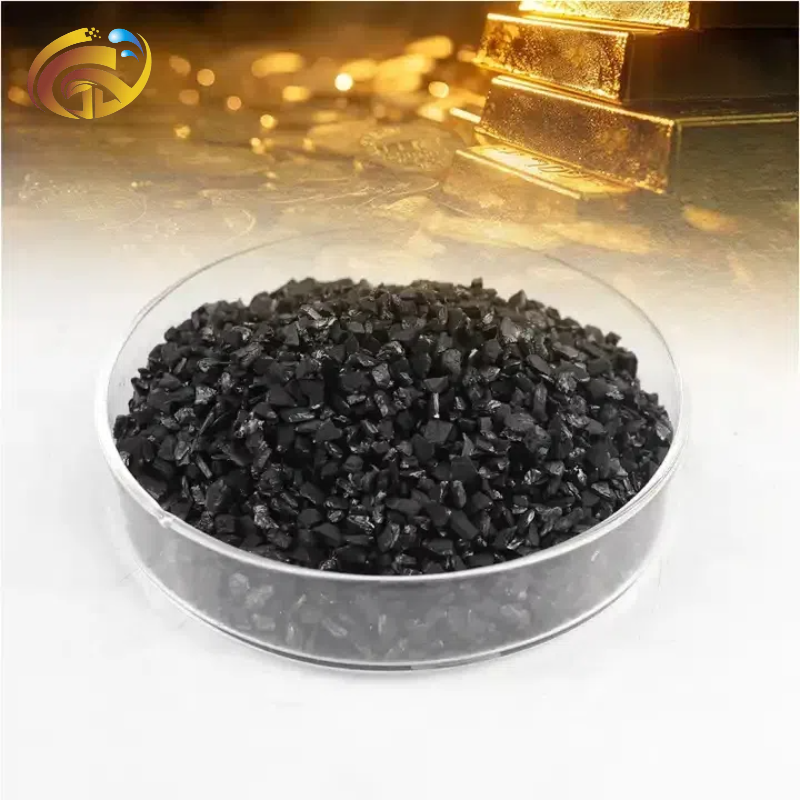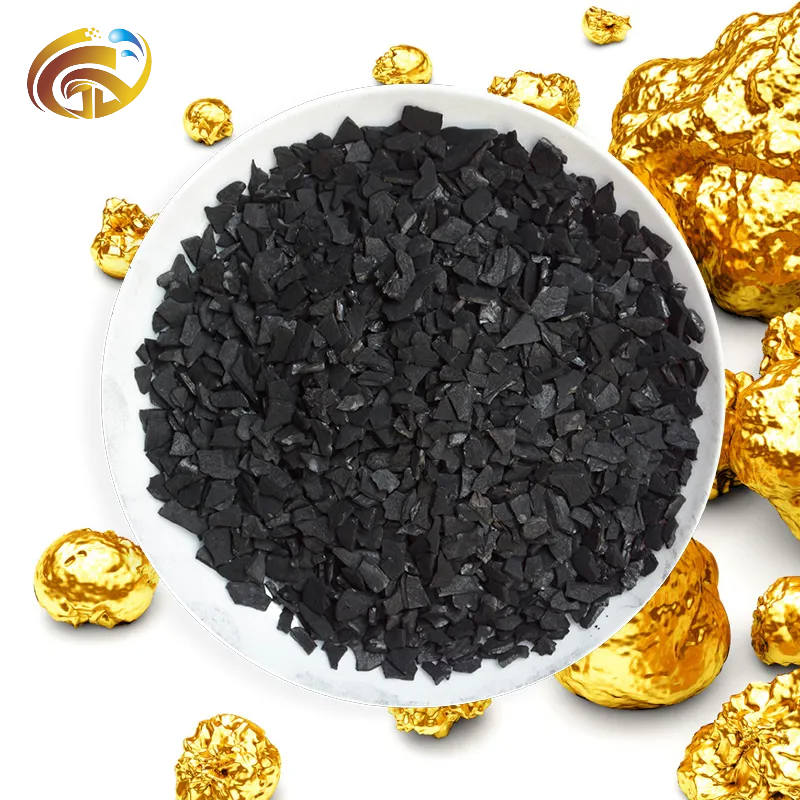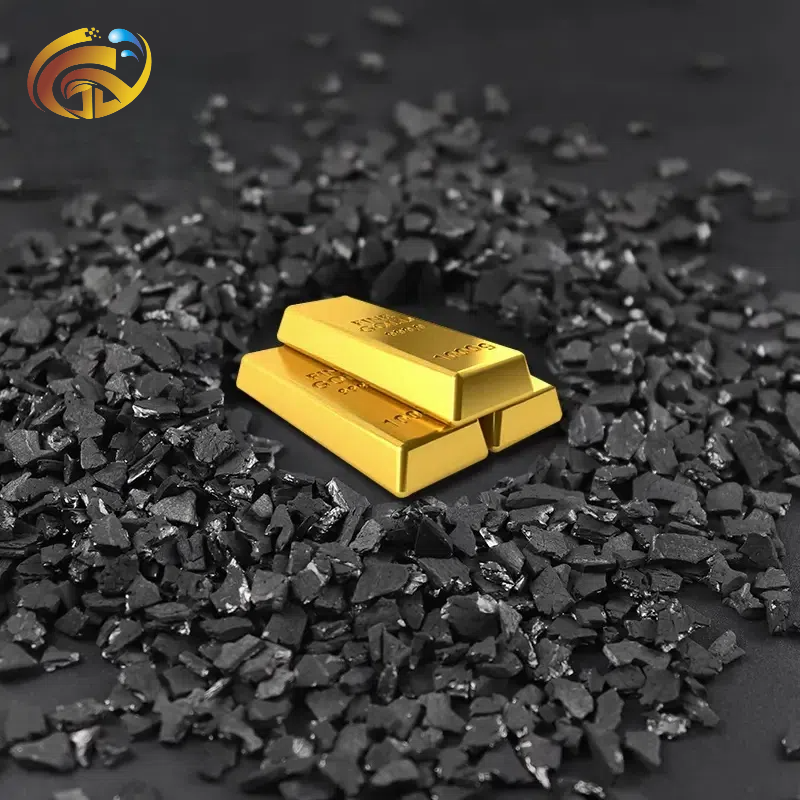The Secret of Coconut Shell Activated Carbon
1.Source of Coconut Shell Activated Carbon
Coconut shell is a high-quality adsorption material widely used in industrial adsorption due to its excellent hardness, porous structure, and low density.
Coconut shell activated carbon is made from high-quality coconut shells, primarily sourced from Southeast Asian countries such as Hainan, China, Vietnam, Thailand, the Philippines, and Indonesia.
2.Production process steps of coconut shell activated carbon
Coconut Shell Collection and Screening
The production of coconut shell activated carbon begins with the collection of high-quality coconut shells. High-quality coconut shells typically come from the hard shell of the coconut, making screening at this stage crucial. Only by selecting hard, contamination-free coconut shells can the quality of the subsequent activated carbon be guaranteed. Our domestic raw materials are generally sourced from Thailand and Hainan.
Coconut Shell Carbonization Process
After the coconut shells are collected and cleaned, the next crucial step is carbonization. The coconut shells undergo a high-temperature carbonization process, removing moisture and impurities, leaving behind pure carbonaceous material. This step is fundamental to ensuring the activated carbon's adsorption performance.
Activation Treatment
After carbonization, the coconut shells undergo activation, a crucial step in imparting the activated carbon's exceptional adsorption properties. Activation is generally performed using two methods: physical activation and chemical activation. Physical activation utilizes high-temperature steam, while chemical activation uses chemical reagents. These two methods together contribute to the exceptional pore structure and surface area of coconut shell activated carbon. 04 The Secret of Pore Structure and Surface Area
The key to coconut shell activated carbon's superiority over other activated carbons lies in its unique pore structure and specific surface area. Through the activation process, the micropores and mesopores formed in the coconut shell give it exceptional adsorption capacity. These tiny channels and pores act as pathways for fresh air, trapping harmful gases.
The Decisive Role of Iodine Value
The iodine value is one of the indicators used to evaluate the adsorption performance of activated carbon. Coconut shell activated carbon typically has an iodine value exceeding 800 mg/g, and can even reach 1200 mg/g. This is because the activation process enriches the surface of the coconut shell carbonaceous material with iodine, making its adsorption performance significantly superior to that of bamboo charcoal and wood charcoal.
Quality Control and Inspection
Strict quality control and inspection during the manufacturing process are key steps in ensuring that coconut shell activated carbon meets high standards. Comprehensive testing of everything from appearance and physical properties to adsorption performance ensures the superior quality of each bag of coconut shell activated carbon, providing users with a reliable purification option.
3.Performance Characteristics of Coconut Shell Activated Carbon
Coconut shell activated carbon belongs to the fruit shell activated carbon category. Its main characteristics are its low density and light feel. It weighs significantly less in the hand than coal-based activated carbon. For the same weight of activated carbon, coconut shell activated carbon generally has a larger volume than coal-based activated carbon.
Because coconut shell activated carbon has a low density and light feel, it can be placed in water. While coal-based carbon generally sinks to the bottom quickly, coconut shell activated carbon floats longer. As the activated carbon reaches saturation with water molecules and increases in weight, it gradually sinks to the bottom. Once all the activated carbon has sunk to the bottom, each particle is surrounded by a small bubble, creating a crystal-clear and translucent appearance.
Coconut shell activated carbon generally comes in crushed granules or flakes, while shaped activated carbon, such as columns and spheres, is mostly coal-based.
Coconut shell activated carbon has a small molecular pore structure. When activated carbon is placed in water, the air displaced by the adsorption of water molecules creates numerous very fine bubbles (just visible to the naked eye), which float densely to the surface. Coal-based activated carbon, on the other hand, is generally...
Guangyuan Carbon has over 20 years of experience in activated carbon production and operates two major factories with four new production lines. We are dedicated to producing high-quality activated carbon, support customized packaging, and provide technical guidance to customers to help them select the most suitable activated carbon.




· Fujian Guangyuan Carbon Products Co.,Ltd.
